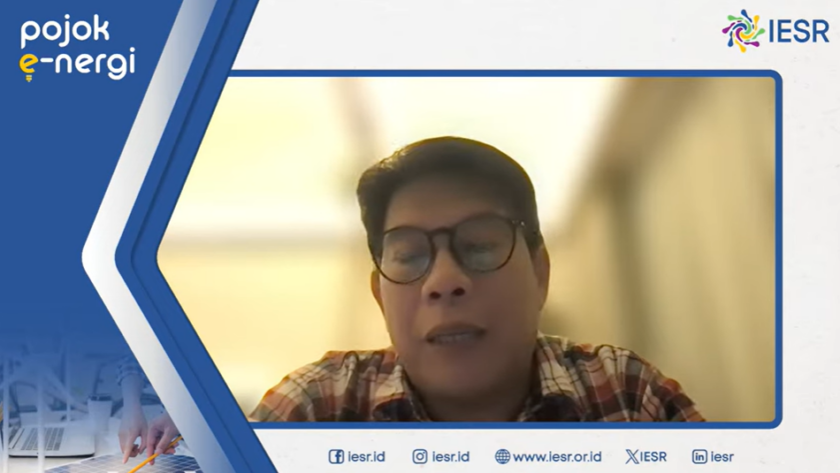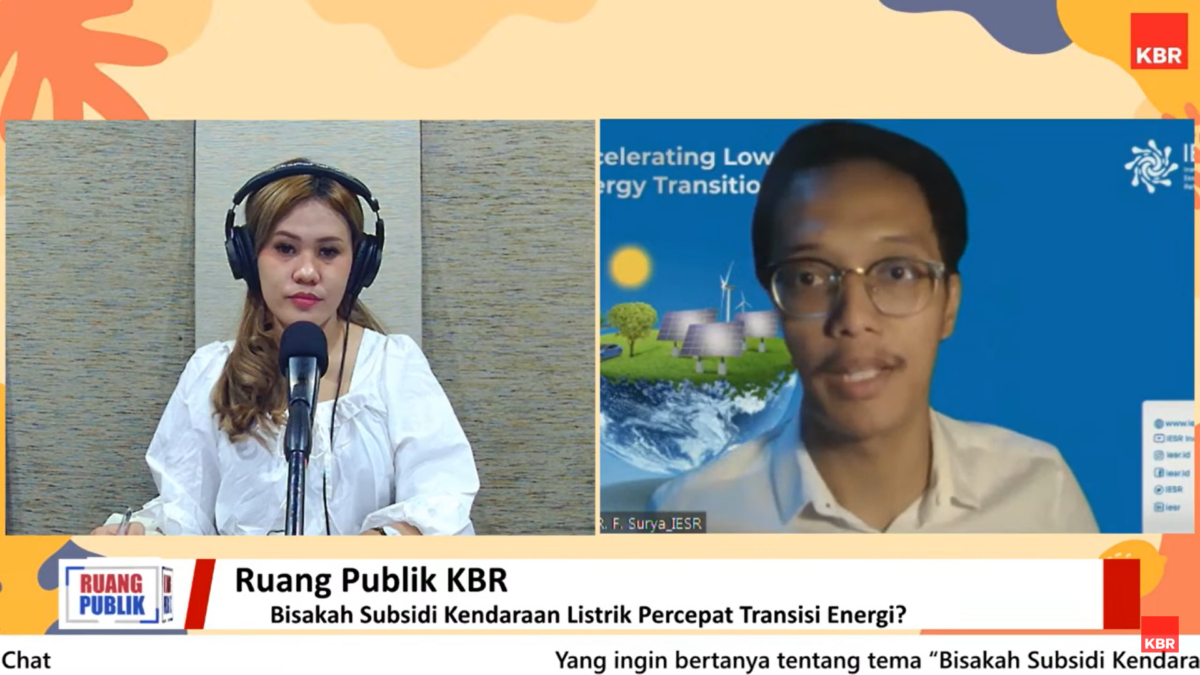The government has just updated two regulations regarding the level of domestic component content (TKDN). The Ministry of Energy and Mineral Resources (MEMR) has issued Permen of ESDM No. 11/2024 concerning the Use of Domestic Products for Electricity Infrastructure Development. This regulation contains relaxation of the application of the domestic component content rate (TKDN) for…

Jakarta, August 22, 2024 - The government has just updated two regulations regarding the level of local content requirements (TKDN). The Ministry of Energy and Mineral Resources (MEMR) has issued Permen of ESDM No. 11/2024 on the Use of Domestic Products for Electricity Infrastructure Development. This regulation contains Local Content Requirement relaxation (TKDN) for renewable…
The government needs to provide fiscal and non-fiscal incentives to help local producers reduce the cost of producing solar panels in Indonesia. Electricity System and Renewable Energy Analyst from the Institute for Essential Services Reform (IESR), Alvin Putra S, said this was to support the competitiveness of domestic solar power plant (PLTS) products. Read more…
The government provides relaxation of the application of the Domestic Component Content Rate (TKDN) for Solar Power Plants (PLTS). Projects that are planned to operate commercially no later than June 30, 2026 according to the electricity supply business plan can relax the use of Domestic Products. Read more on Kumparan.
The clause regarding the fulfillment of Domestic Component Level (TKDN) is considered to be the 'problem' that has caused the stagnation of funding from international financial institutions, at least for 14 new renewable energy (NRE) power plant projects in the country.
Read more on Bisnis Indonesia.
The Institute for Essential Services Reform (IESR) stated that gas price policy intervention and relaxation of domestic content levels (TKDN) were needed to smooth the conversion program for diesel power plants into gas power plants and solar power plants.
Read more on Kontan.

5 April 2023 - Electric vehicle subsidies have recently become an interesting topic on social media. Some consider this policy as a mismatch, but others argue that electric vehicles will help the energy transition process. In the Ruang Publik KBR event which was held online on March 20 2023, Ilham R.F. Surya, IESR Environmental Policy…

Jakarta, 8 March 2023 - On 6 March 2023, the government established incentives for Battery-Based Electric Motorized Vehicles (KBLBB) in the form of assistance in purchasing KBLBB of IDR 7 million per unit for 200,000 units of new electric motorbikes and IDR 7 million per unit for conversion to electric motorbikes for 50,000 units petrol…
